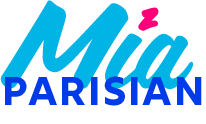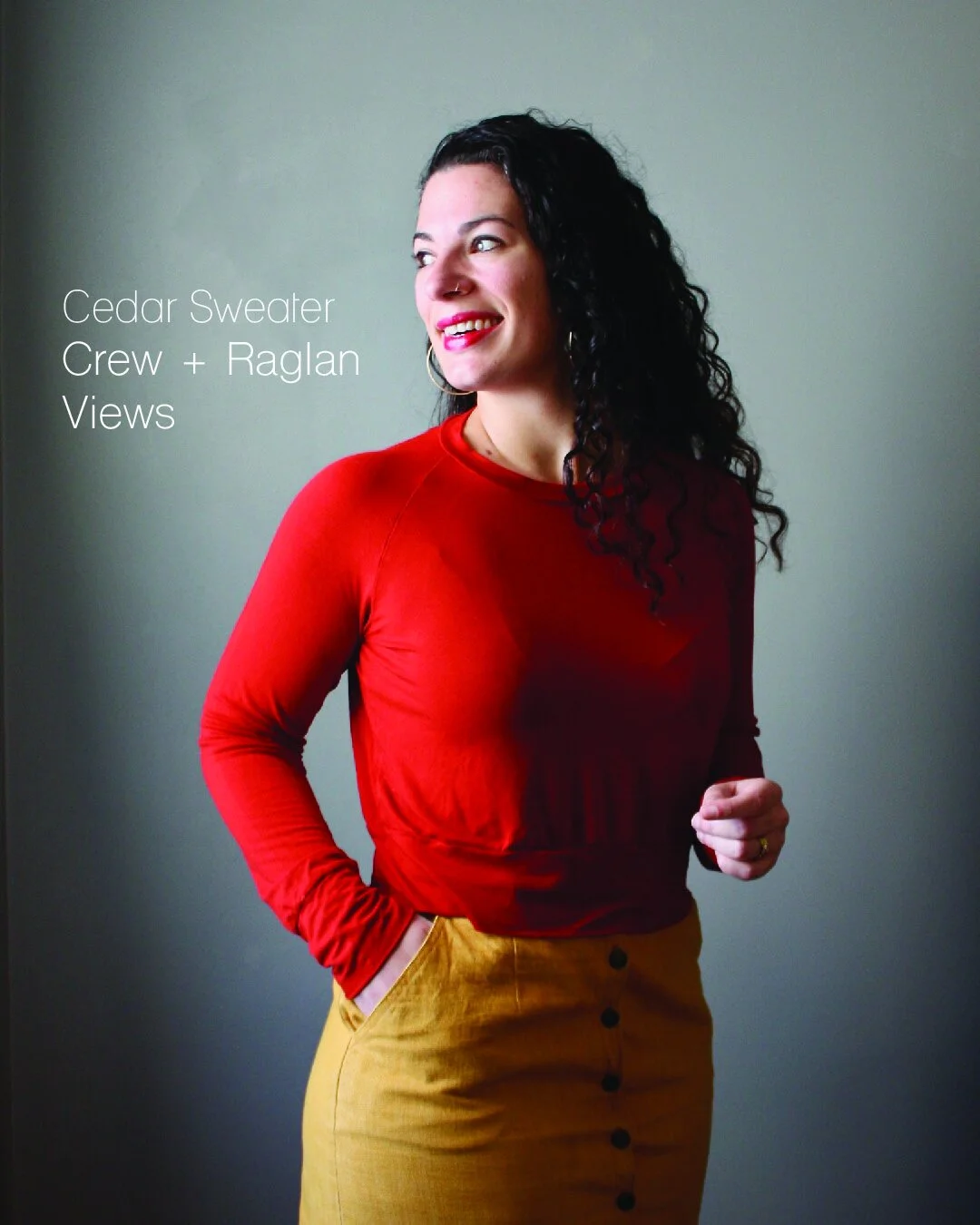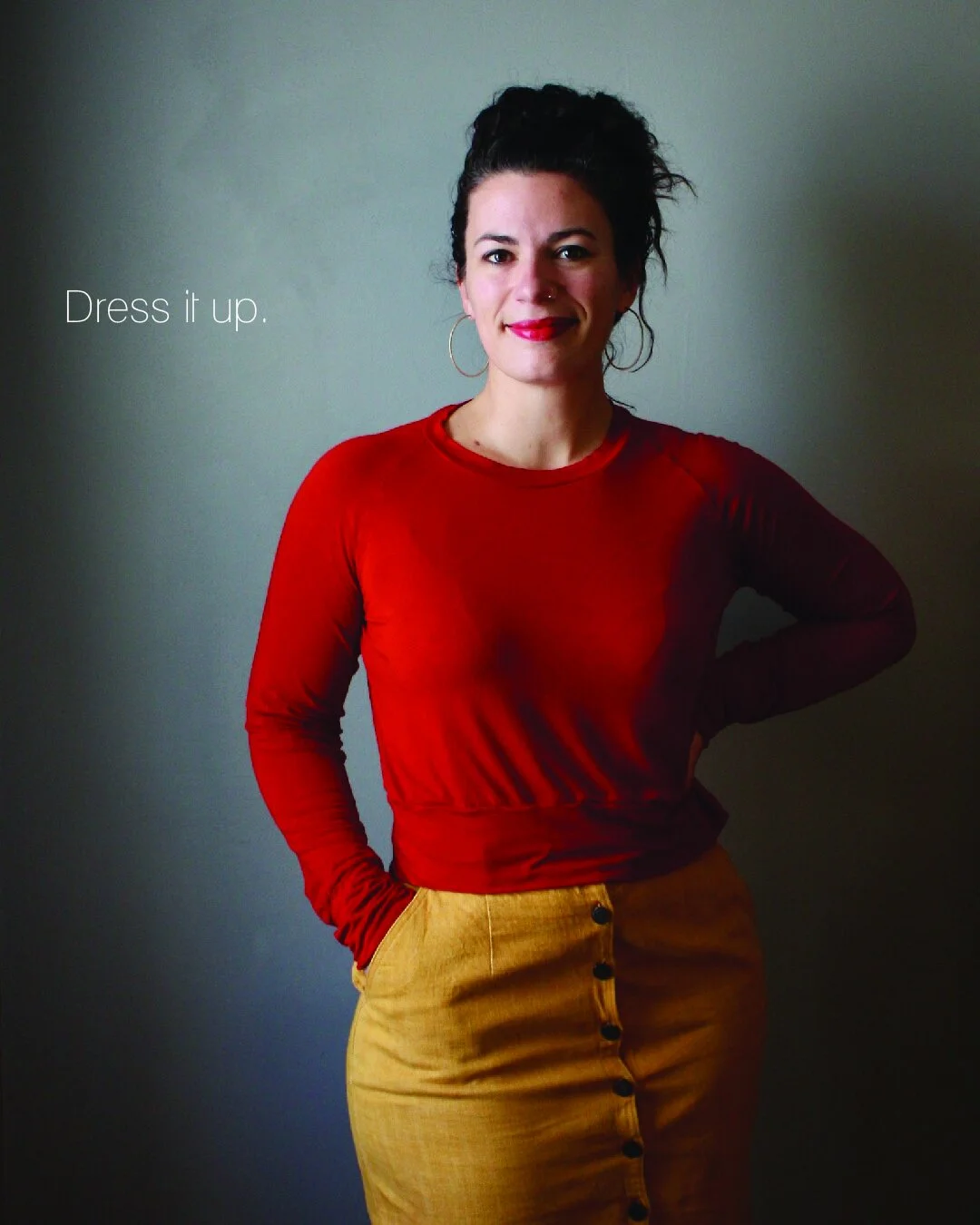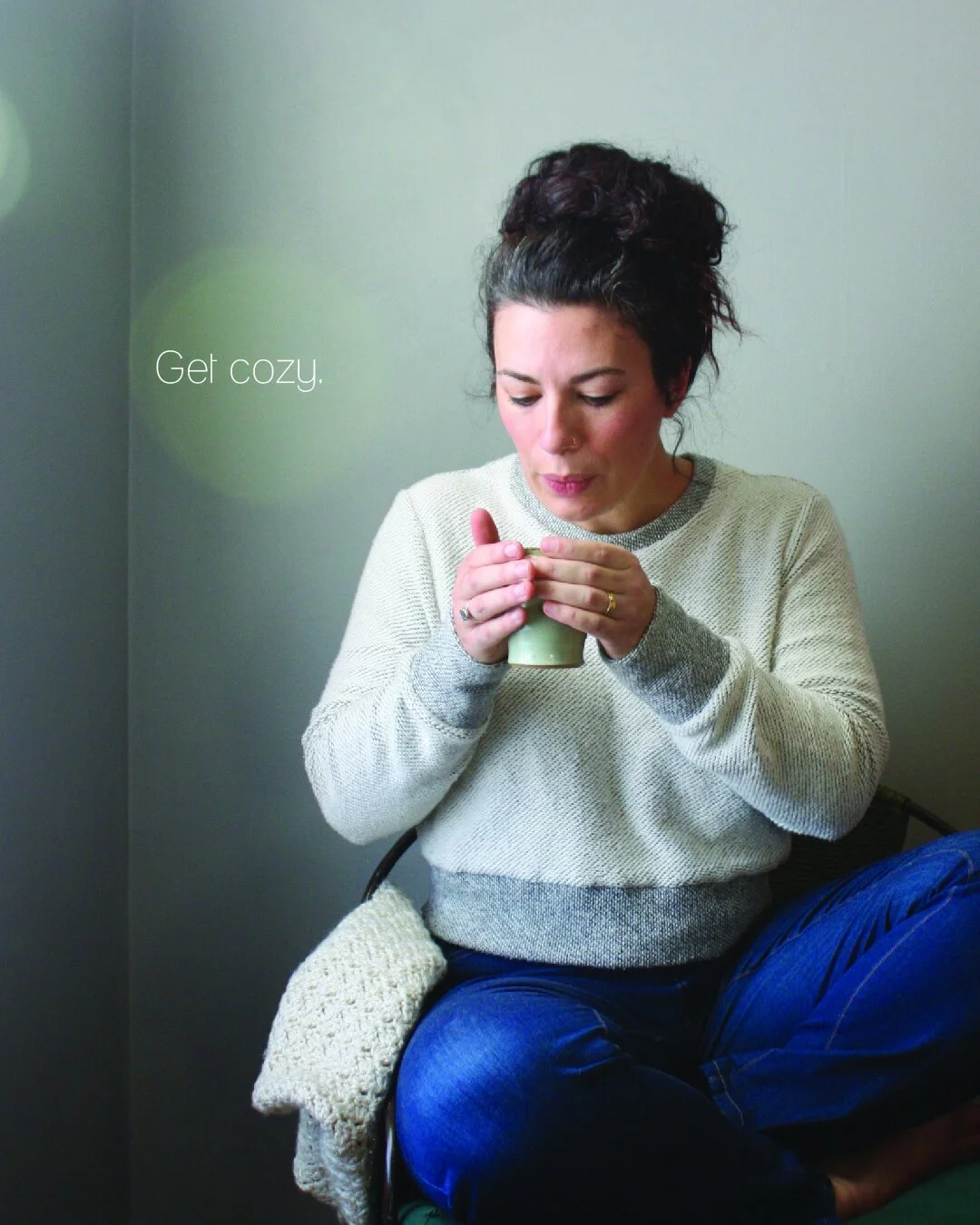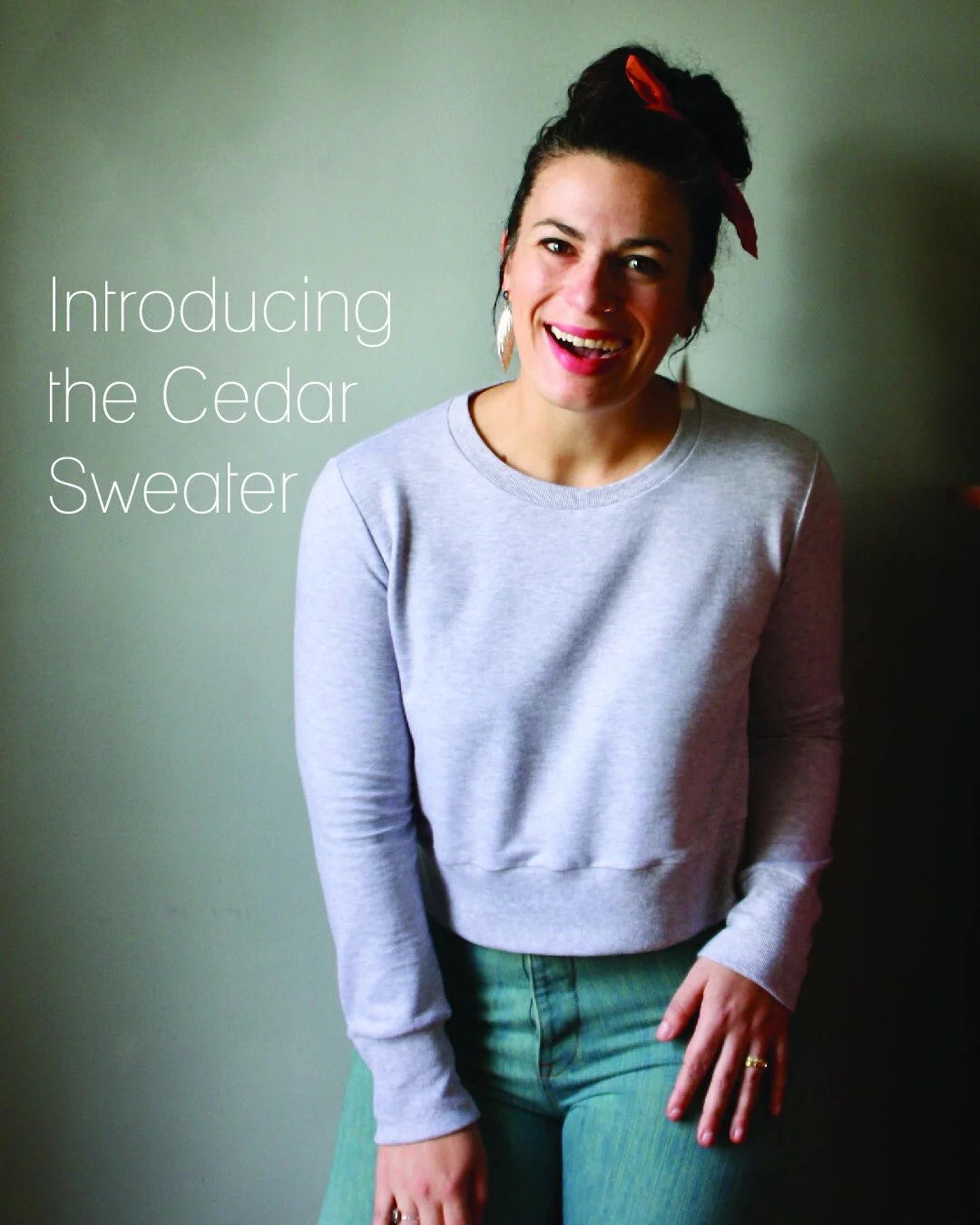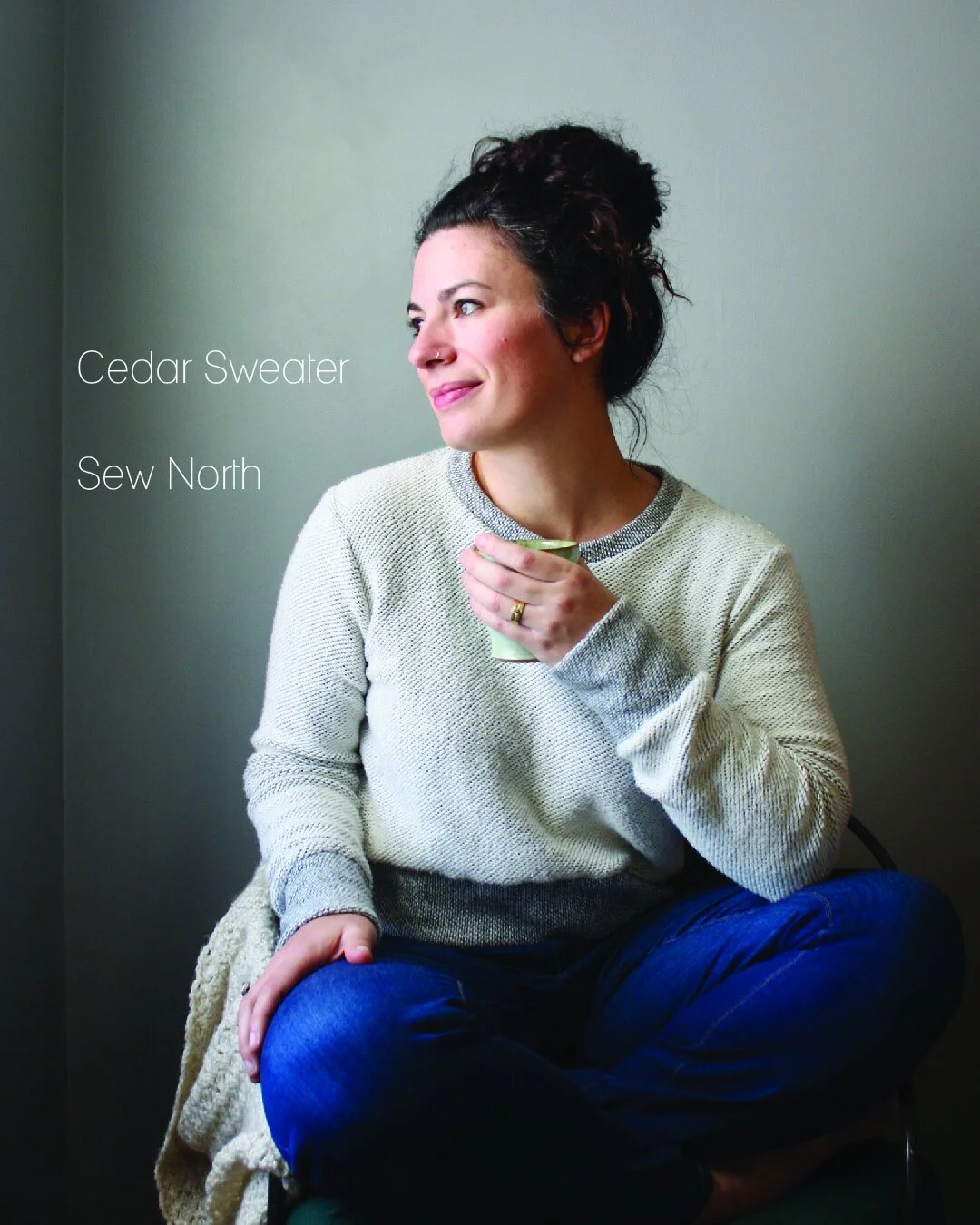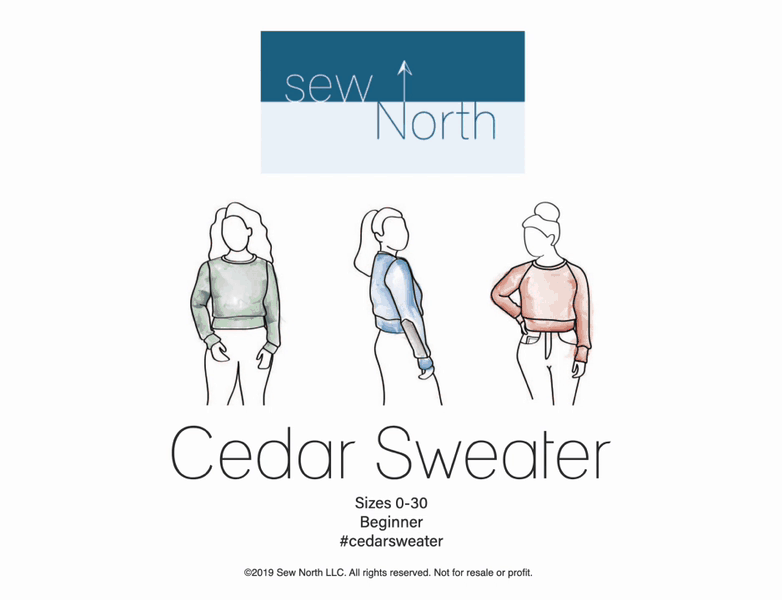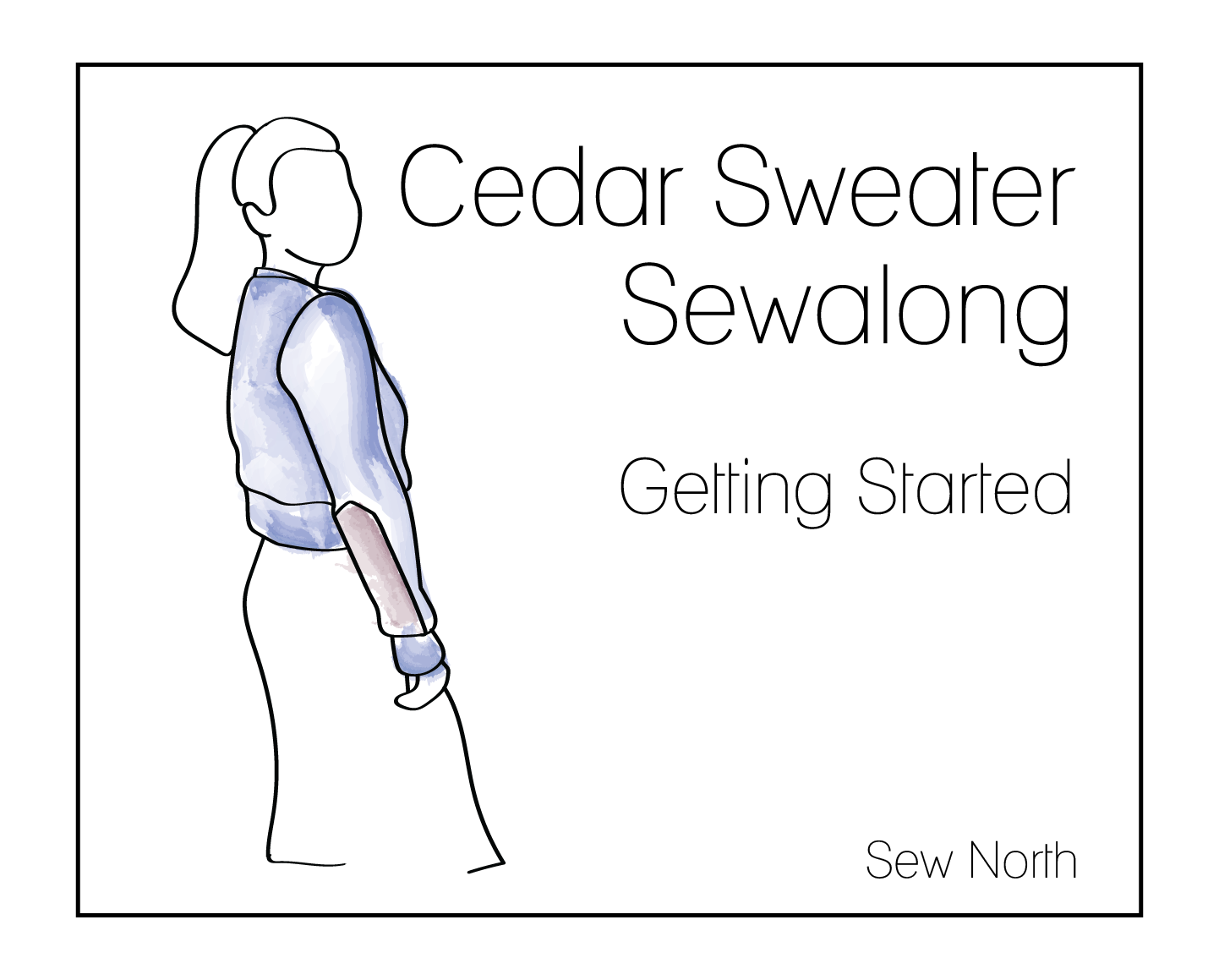Product Development
One of my proudest passion projects to date is designing digital products (PDF sewing patterns) with accompanying instructional materials from design to sale. I taught myself to sew my own clothes a few years ago, I have not only built a wardrobe that I love, but also built a solid process for helping others to create their own handmade clothing too.
Meet my first and favorite design: The Cedar Sweater. Inspired by cozy moments with hot coffee, living the modern and stylish millennial lifestyle in Minnesota. The design of the sweater was an endeavor in market research itself, but my true love has been developing the process for creating and testing instructional content. The reward has been seeing hundreds of users successfully make and enjoy a Cedar Sweater of their own.
Learning Objectives
Users of this instructional content are able to:
Gather appropriate materials and complete preparatory tasks for their Cedar Sweater project
Determine the appropriate size and complete necessary pattern adjustments
Demonstrate key sewing abilities that result in a wearable garment
Share their finished Cedar Sweater with the online sewing community
Instructions
Take a peek at some of the instructional materials that I designed and developed using
Adobe Illustrator and InDesign.
Virtual Training
Experience a virtual walk-through of the product that I created with Adobe Captivate
User Guides
Each of the guides below link to comprehensive instructional materials in the form of approachable blog posts that accompany the use of the digital sewing patterns.
Testing and Implementation
-

Virtual Collaboration
Before launching the Cedar Sweater sewing pattern to the public, a thorough testing of the instructional content was necessary. Users of all sewing skill levels applied to be a ‘tester’ and I managed the end-to-end testing process within timeline constraints. I taught several testers how to use Slack, which became one of our main collaboration tools during the process. I applied adult learning theory by guiding testers through an immersive and hands-on learning experience where they used all of the instructional content virtually to make their own Cedar Sweater at home.
-

Data Collection
Testing and implementation proved to be my favorite part of the process. I collected data from testers before, during, and after the testing period in the form of surveys and virtual interviews. I also wanted the testers to have a positive and personable experience that didn’t feel too rigid and strict, even though we were working on several deadlines. I made these intentional decisions given the size of my testing group, scope of the project, and prior sewing skills among the group.
Evaluation
What I learned: In the process of creating the instructional content in the form of tutorials, sewalong articles, and the pattern’s illustrated instructions, I was so focused on everything being at a very high level of presentation and perfection. If I could go back and do this process over again, I would have spent more time prototyping early and often, involving the testers during the prototyping period without fear of showcasing something imperfect during a more iterative rapid process.
I also learned some important successes with my process as well. I had a personal goal of creating instructional content for home sewers that was a mark above other independent instructional content on the market. I wanted to provide a learning experience that required fewer questions from the users, which frees up more of my time instead of attending to extra customer service correspondence. I can happily report that since the Cedar Sweater pattern and instructions have gone live and hundreds of copies sold, I have yet to receive a single question with regards to any of the instructional content that I’ve designed.
What the Users learned: 100% of the testers successfully demonstrated their ability to create a Cedar Sweater of their own to wear and enjoy. Using the instructional content that I designed and developed, 99% of survey responses indicated “very clear” when asked about the instructional text, illustrations, and construction methods. 93% of testers went forward to share their Cedar Sweater with the online community, and many of them are featured below.


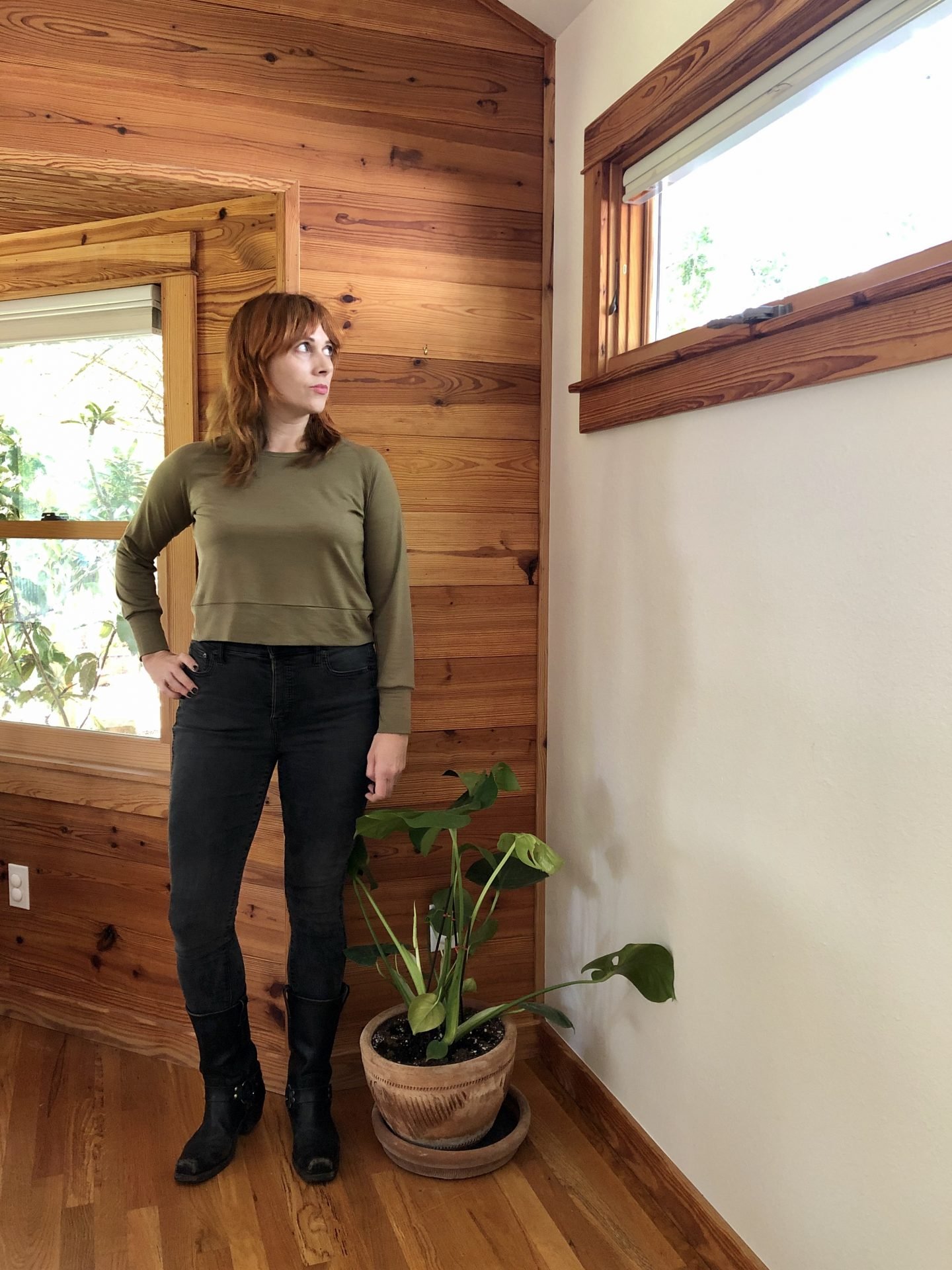






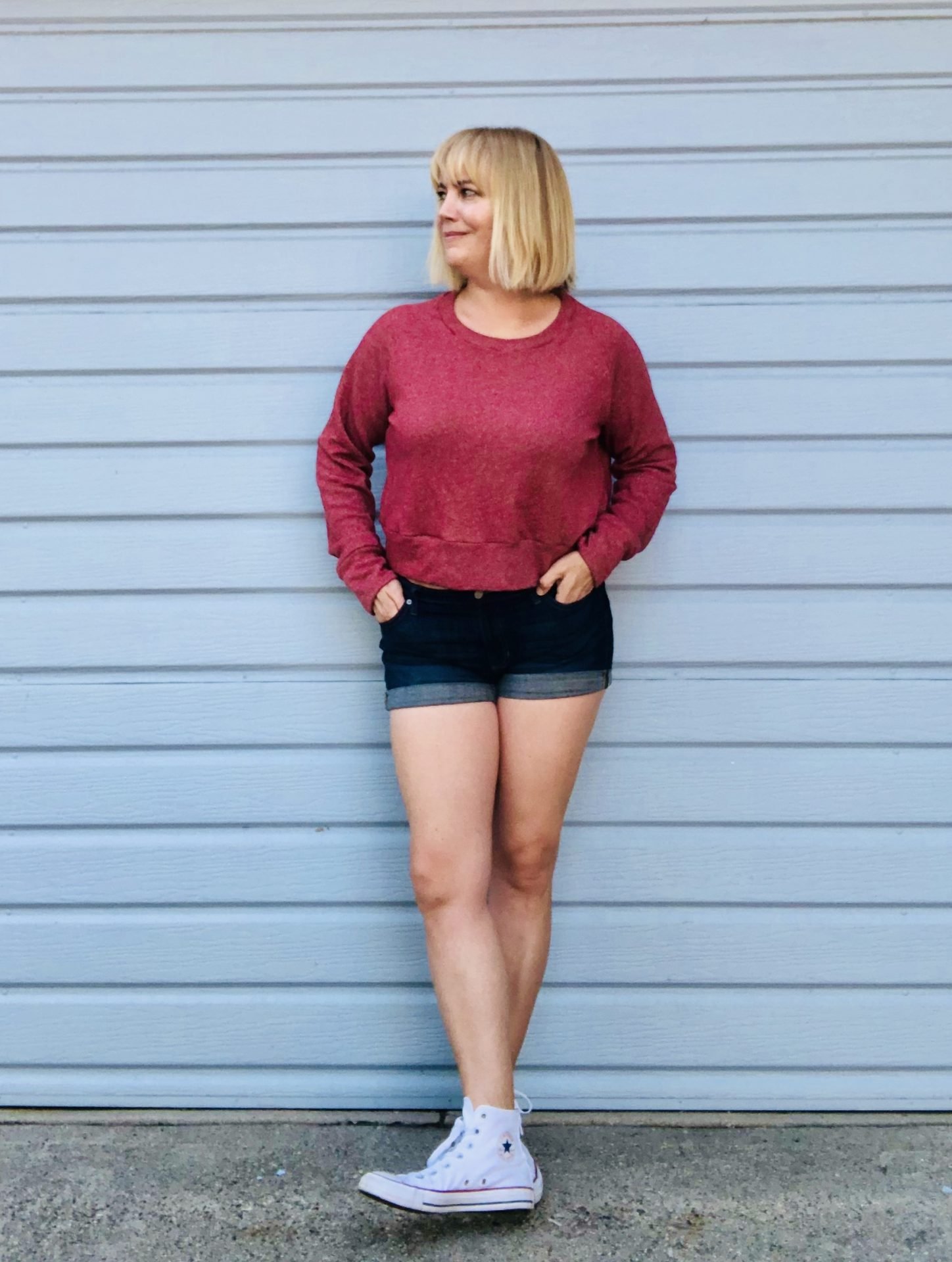

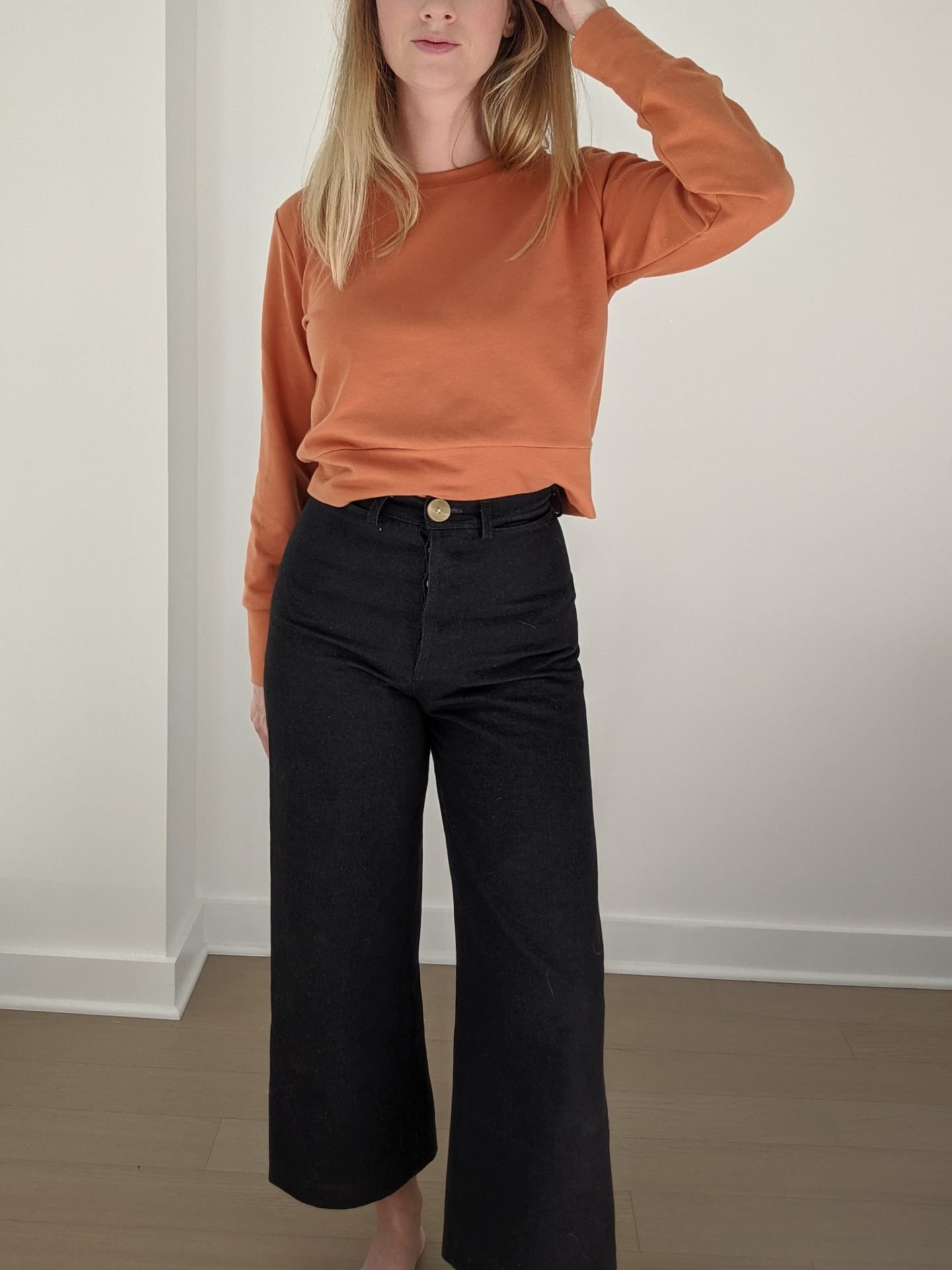





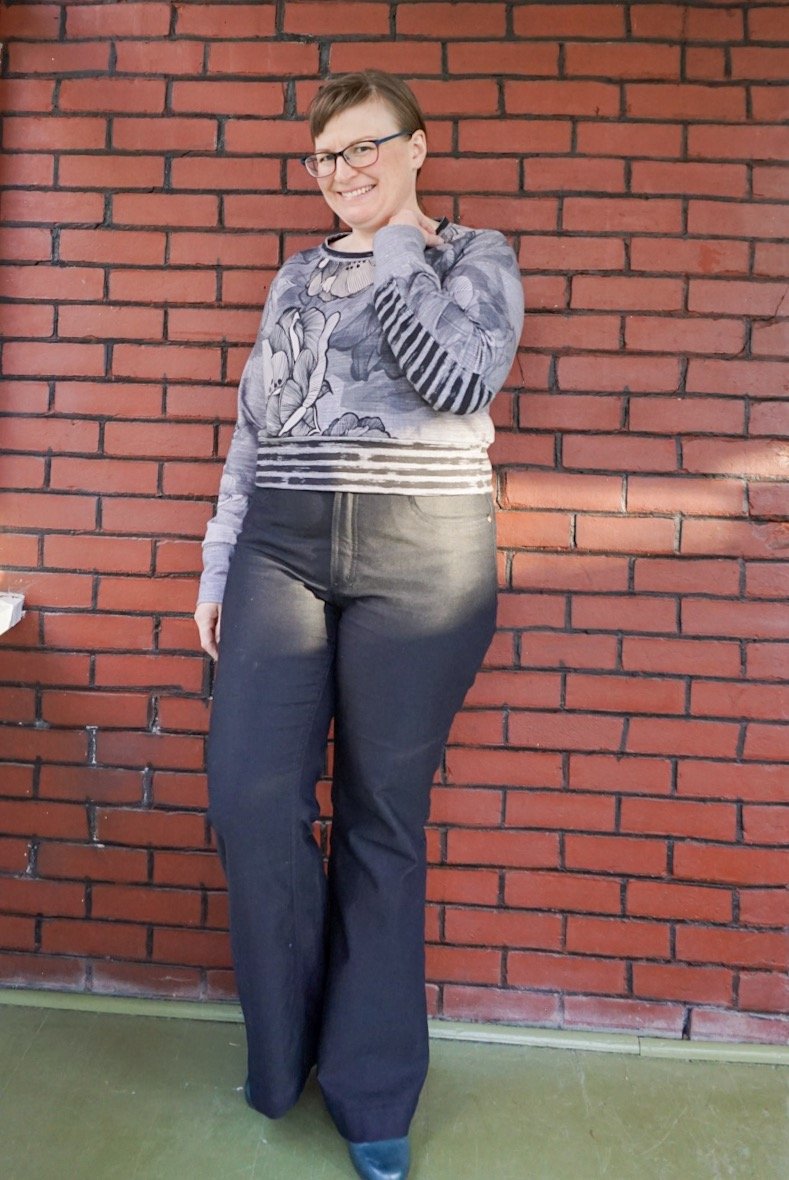
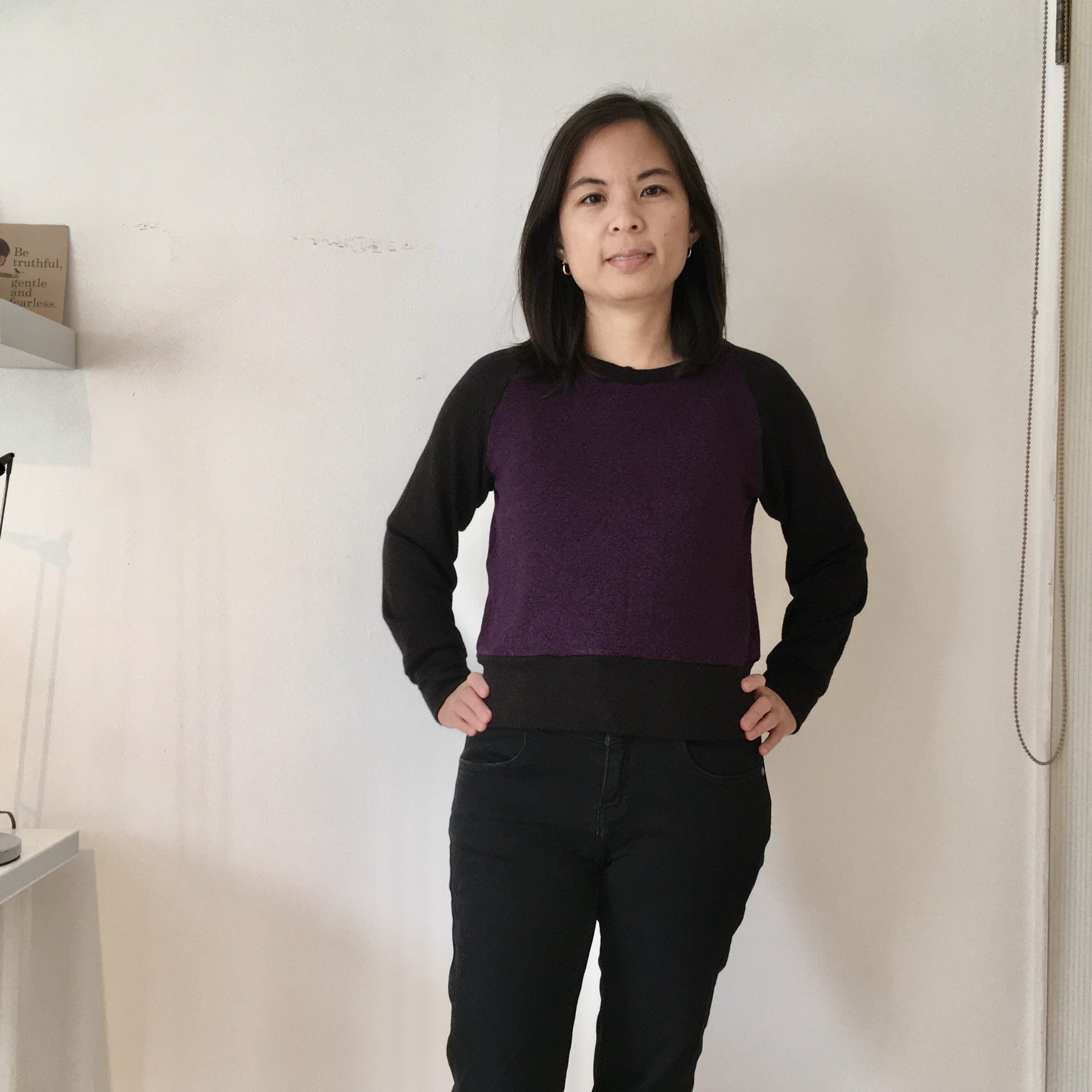


Tools / Skills
Adobe Illustrator
This powerful tool was used to draft the pdf sewing pattern as well as create the illustrations and marketing materials.
Project Management
Several tasks (drafting, testing, marketing, illustrations, photo shoots) successfully managed to complete deliverables for on-time launch.
Adobe Photoshop
Light experience in photoshop developing instructional and marketing materials from my own tripod style photography.
Technical Writing
I wrote and thoroughly tested step-by-step instructions to teach beginner audiences to sew their own clothes.
Adobe InDesign
I leaned heavily on InDesign to create the instructional pdf packet that accompanies the pdf pattern in the final product.
Data Collection
Feedback collection on the instructions, fit, style, and full scale experience in the process was imperative to the success of my product.
Adobe Captivate
The software walk-through video demonstration shown above was built solely in Captivate authoring tool.
Self Starter
100% self-taught in all skills listed here (and more), but also the creator-of-everything related to this brand and product.
